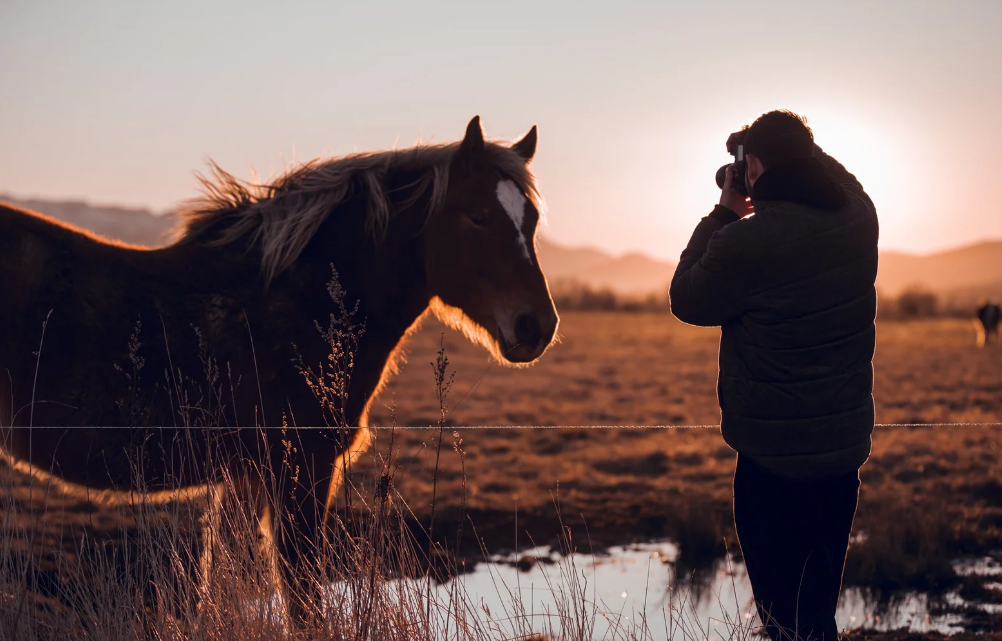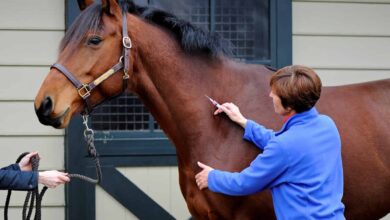By Ahmed Yousef,
Equestrian journalism is one of the specialized branches of sports journalism, focusing on covering all aspects related to equestrian sports. This type of journalism includes reporting on international and local competitions, highlighting famous riders and distinguished horses, and providing coverage on horse breeding and training. In this article, we will explore the history of equestrian journalism, its significance, and the main challenges it faces in the modern era.
History of Equestrian Journalism
Equestrian journalism began to emerge in the early 20th century, with the rise of sports newspapers and magazines. At the time, equestrianism was a popular sport among the aristocracy, prompting many newspapers to dedicate sections to covering riders and horse racing news.
With the development of media and the increasing popularity of sports in general, equestrian sports found a prominent place in sports journalism. Many countries, particularly in Europe and the Middle East, saw the rise of magazines and newspapers entirely devoted to equestrian news, such as Al-badia Magazine, which provide comprehensive coverage of competitions and information on horse breeding and training.
The Importance of Equestrian Journalism
- Highlighting a Long-standing Heritage Sport:
Equestrianism is not just a sport; it is part of the cultural heritage of many countries, particularly in the Arab world. Specialized equestrian journalism helps in showcasing this heritage and passing it on to new generations, encouraging them to practice this sport that fosters values like courage and patience. - Promoting Events and Competitions:
Equestrian journalism plays a significant role in promoting equestrian events and competitions, whether they are show jumping, dressage, or endurance races. Media coverage helps attract audiences and support the sponsors of these events by increasing awareness and providing engaging content. - Educating About Horse Breeding and Care:
Through specialized articles and field reports, equestrian journalism provides advice and guidance on how to breed and care for horses. This includes comprehensive coverage of topics such as health, nutrition, training, and best practices in horse care, making it an important reference for horse lovers and breeders. - Encouraging Investment in Equestrian Sports:
Equestrian sports require significant investments, whether in horse breeding or organizing competitions. Journalism contributes to attracting investors by highlighting the great success of equestrian sports as a popular and profitable activity.
Challenges Facing Equestrian Journalism in the Modern Age
Despite the importance of equestrian journalism, it faces several challenges, especially with the changing media landscape and the shift of audiences toward digital platforms. Among the most prominent challenges are:
- Digital Transformation:
Today, digital journalism has become more widespread than traditional print journalism, making it necessary for equestrian media outlets to shift online to reach a wider audience. This transformation requires additional costs for technological development and adapting to new audience preferences. - Decreased Interest from Younger Generations:
The field of equestrian sports faces declining interest from younger generations, who tend to favor modern sports. Therefore, equestrian journalism needs to offer inspiring and engaging content that captures the attention of young people and introduces them to this prestigious sport. - Lack of Resources:
Some media outlets specializing in equestrian sports face financial challenges, particularly those that rely on self-funding or advertising. At times, available resources for covering major events are limited, which affects the quality of the coverage.
Equestrian journalism plays an important role in shedding light on one of the oldest and most prestigious sports in the world. Through comprehensive coverage of events and offering advice on horse breeding and care, this journalism helps preserve and spread this heritage among new generations. However, equestrian journalism must confront the challenges imposed by technological advancements and changing audience interests to ensure its continuity and success in the future.
The British Arab College of Equestrian Studies praises the pioneering role of “Al Badia” magazine in enhancing the status of equestrianism in the media.
The British Arab College of Equine Studies (BACES), in a recent study, emphasized the pivotal role played by “Al Badia” magazine in Dubai in enriching the equestrian media scene at the regional level. The college praised Al Badia as a leading platform for disseminating knowledge and information related to horse sports, horse breeding and care, which contributes to enhancing awareness of this sport and developing it in the region.
The study explained that the importance of “Al Badia” emerges in light of the remarkable development of equestrian journalism, which has become a vital branch of sports journalism, concerned with covering all aspects related to equestrian sports. She pointed out that the magazine, through its comprehensive coverage and focus on regional news, has strengthened the status of equestrianism in the media and established its strong presence in the regional sports scene.








